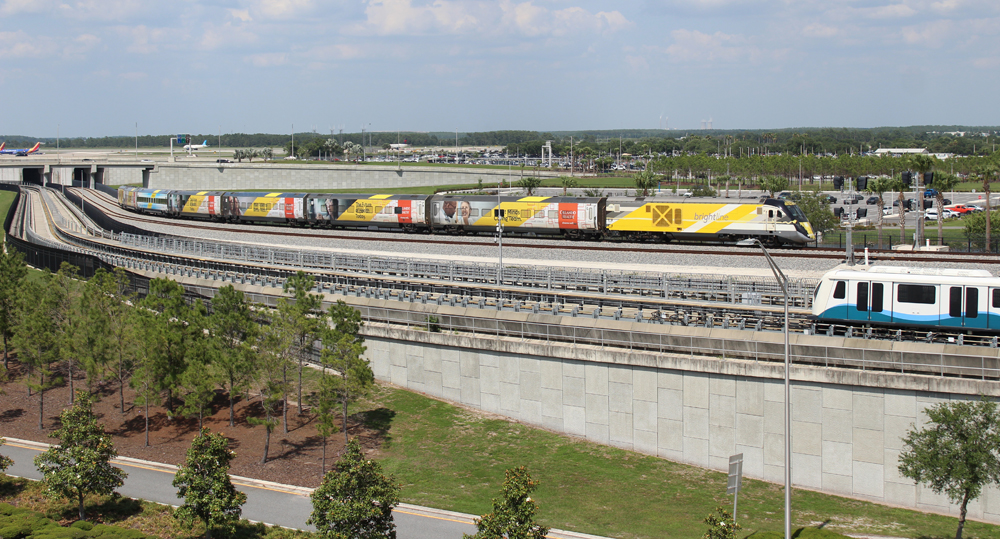
MIAMI — The finances of Brightline’s Florida operation have produced cautionary action by bond-rating agencies on Wall Street, which have downgraded the company’s bonds and notes over concerns about its ability to service its debt.
The South Florida Sun Sentinel reports in a paywalled article that Fitch Group and Kroll Bond Rating Agency downgraded more than $4 billion in bonds this month, after another agency, S&P Gloval, did the same in March for more than $1.1 billion in notes. In each case, the agency’s notes included “negative outlook” or “negative watch” notations, concerned about the rail operator’s ability to generate cash to service its debt.
KBRA noted that “capacity constraints” had led to lower than expected short-distance ridership, while Fitch said its downgrade reflected a “weaker than expected ridership ramp up, lower faires, elevated operating costs, and significant spend down of the project’s liquidity accounts.”
The newspaper also notes that Brightline’s April report included an announcement of plans for a company affiliate to raise equity financing in 2025 “subject to market conditions, with proceeds expected to be used to repay existing debt.” More information could come Thursday on an earnings call for investors.
The financial developments come as Brightline continues to report monthly gains in revenue and ridership, after losing nearly $550 million in 2024. April ridership 243,285, up 9% over the same month a year ago. With long-haul trips increasing by 20% while short-haul trips in Florida declined by 3%, overall revenue in April was up by 15% over the same month in 2024, to $16.8 million.
The company has been addressing capacity issues by adding cars to its trains and is acquiring new coaches to further lengthen its consists [see “Six rail routes receive federal grants …,” Trains News Wire, Jan. 10, 2025]. It has also made moves such as launching a rider rewards program [see “Brightline introduces …,” News Wire, April 4, 2025] and a revised commuter pass program to replace one discontinued in 2024 [see “Brightline to bring back …,” News Wire, Jan. 13, 2025]. Other recent efforts include partnerships with airlines and cruise ships, and sales incentives for travel agencies, such as a 20% commission for long-haul bookings through October.







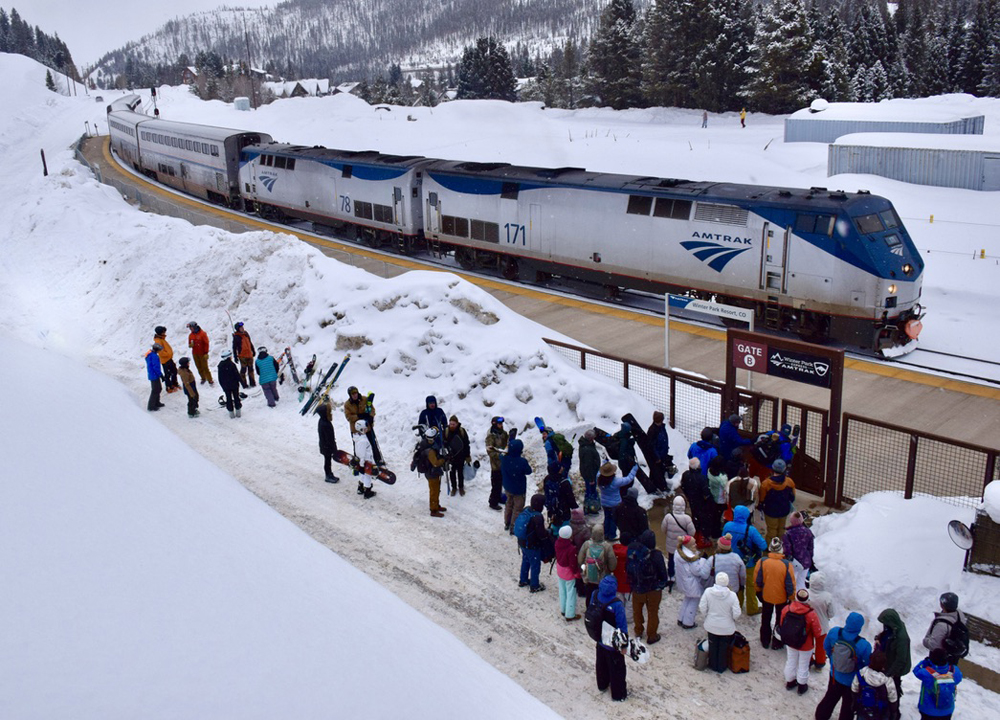
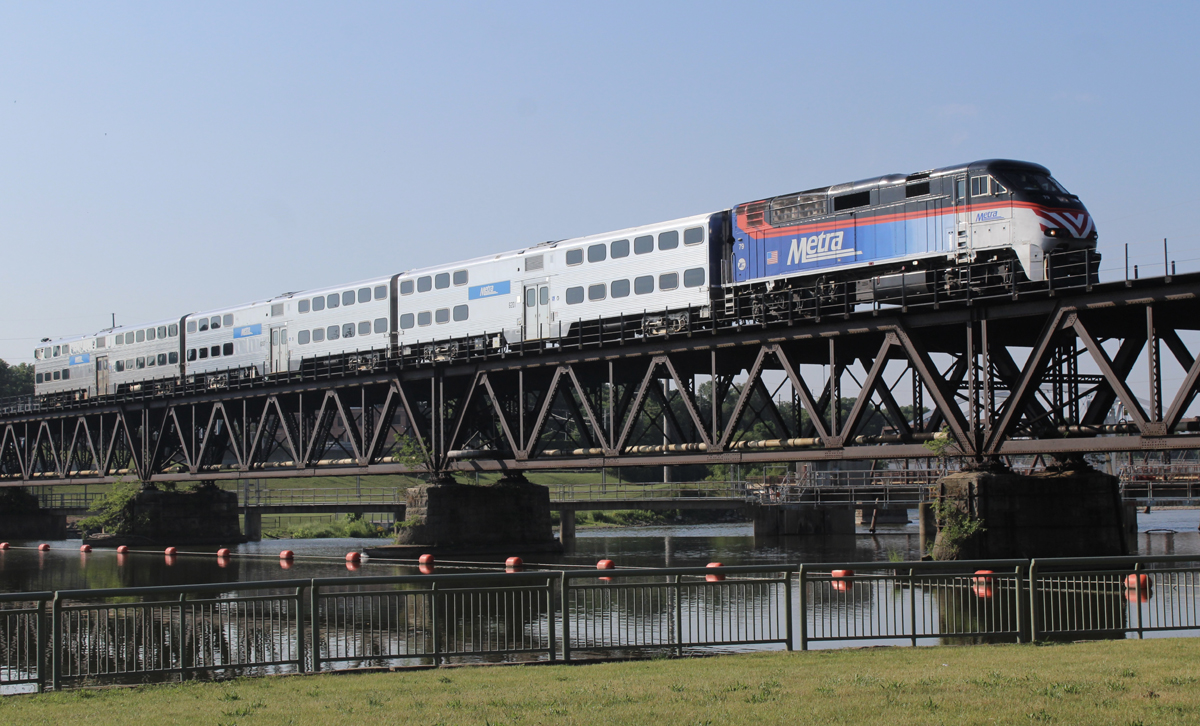
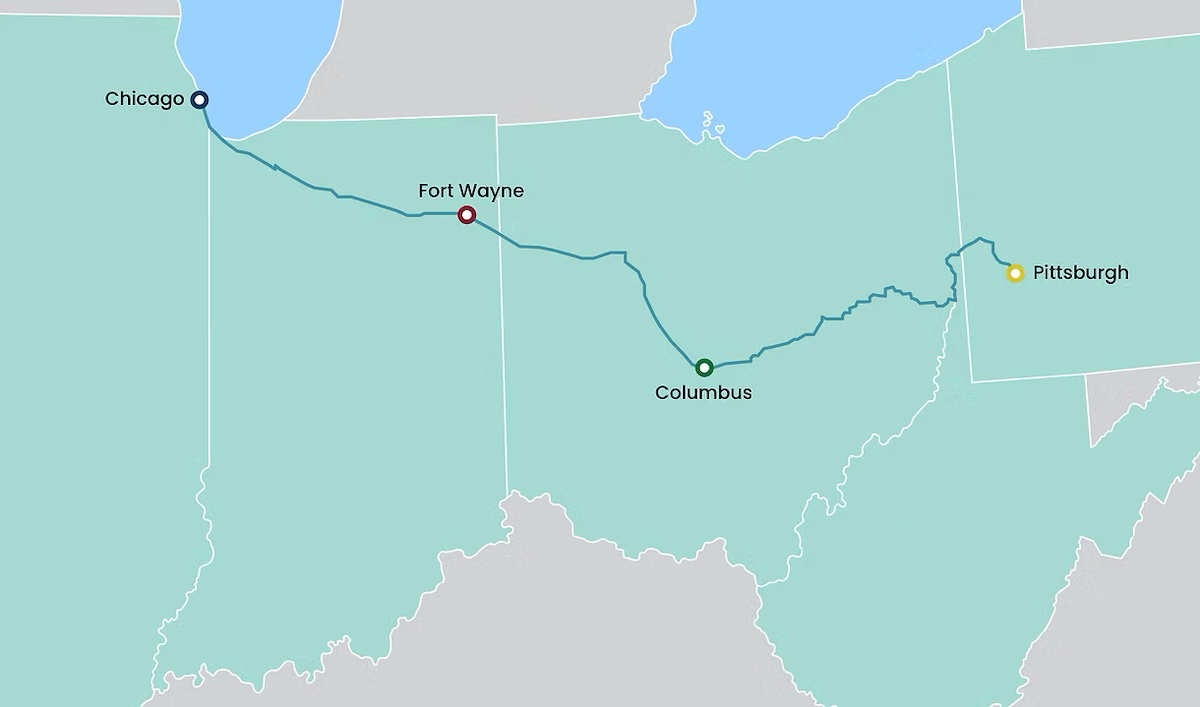
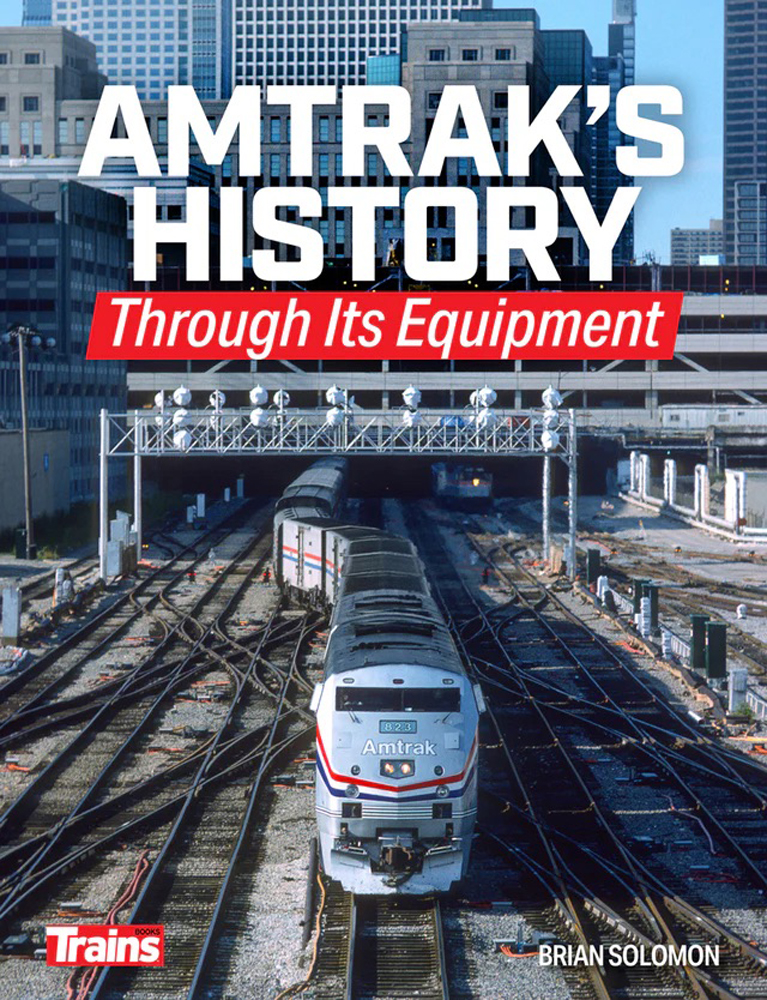


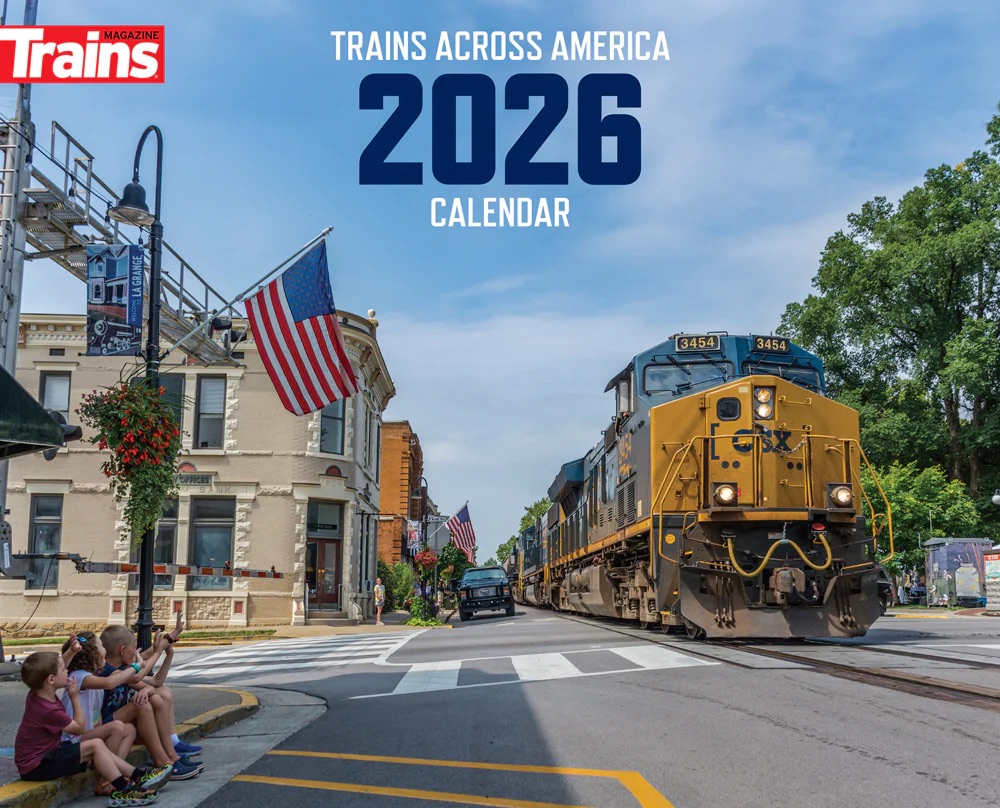
This will end like it always does. Pressure from activist investors or creditors will cause a spin-off of the profitable real estate business while handing the money-losing train operations to the public sector. Thus, privatizing profits and socializing losses.
Profitable passenger rail operations (a quite audacious concept by itself, if not delusional) cannot exist without publicly-funded high-quality infrastructure. Trying to do without will just make a lot of investors part with their money.
‘KBRA noted that “capacity constraints” had led to lower than expected short-distance ridership, while Fitch said its downgrade reflected a “weaker than expected ridership ramp up, lower fares, elevated operating costs, and significant spend down of the project’s liquidity accounts.”
Why the capacity constraints that impacted short haul customers?
Because a politico strong armed the Coast Guard to change the negotiated bridge open timing in Stuart. This left the ORL to MIA trains squeezed at Stuart waiting for the bridge to open, which then caused a shortage of seats for the short haul riders (hence why Brightline dropped commuter discount pricing).
This meant Brightline had to go buy more trainsets from Siemens to backfill the seats in transit they were losing south of Stuart. Hence why they had to dip into their liquidity.
There is a cause and effect in these political decisions that were made in a conference room inside the beltway, that over ruled months of data and analysis by Brightline and the Coast Guard.
The end result of that decision is now the USG and FDOT has placed the Stuart Bridge on the priority for an overhead replacement and retire the draw bridge. But that can take 10-12 years with environmental permitting and funding acquisition.
So while the bond rating agencies can take a dump on Brightline, you can really blame it on one US representative. Now that Brightline has their new cars, the slope of passengers increases should start to get better.
Remember the bonds were based on the costs of the planned operating model, but a politico changed the operating model at the last minute, so it wasn’t bad planning on Brightlines part financially. They adapted and the bond hawks have taken notice.
Can’t say I’m surprised.
Brightline happened because of a chance alignment of many factors. The largest was zero/near-zero interest loans; no one buys bonds with their own money. With the cheap money gone rotating the financing will get tricky.
People do indeed buy bonds with their own money. That’s why they so closely watch the borrower’s ability to repay. But you’re right, near-zero interest loans sparked all sorts of risky financial schemes that may not survive rising rates.
Hmmm, looks like the fatasses are getting twitchy.